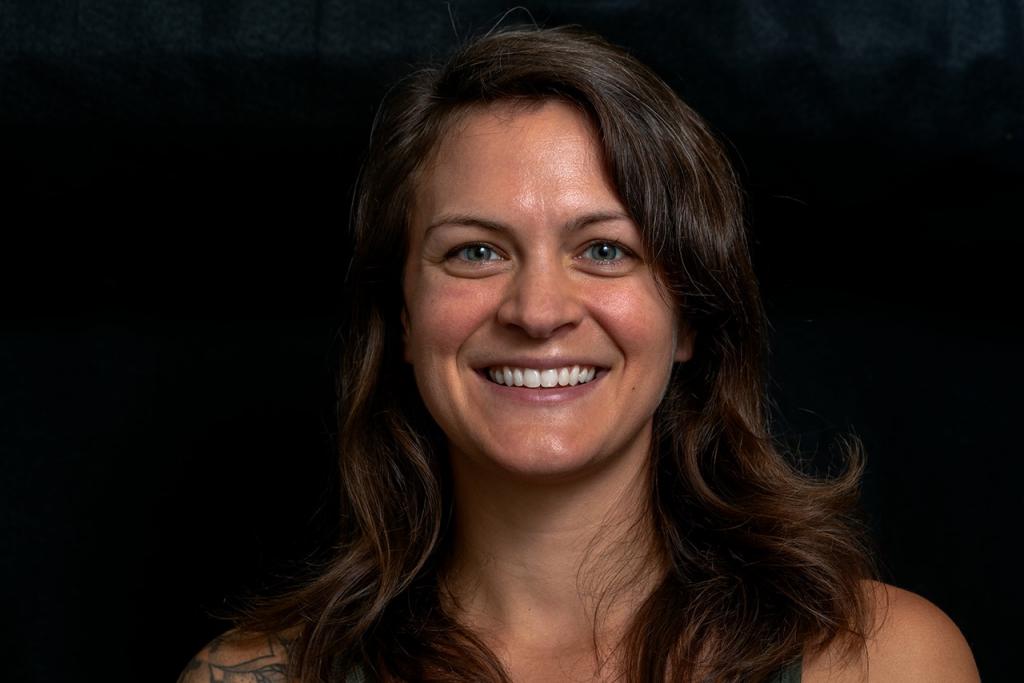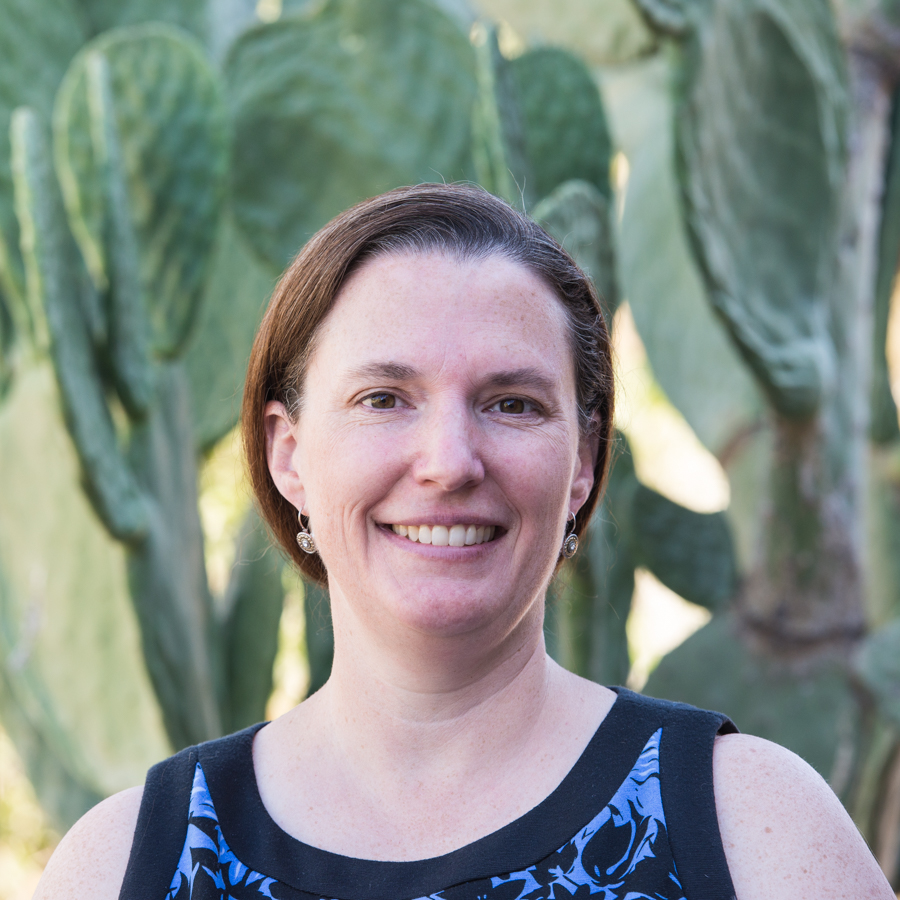Home › Forum topic › Genetic Guidelines for Conservation Collections › What is the best DNA extraction method for succulent tissue?
-
AuthorPosts
-
April 25, 2019 at 2:00 pm #352
Stephanie SteeleSubscriber
We are testing DNA extraction protocols for Dudleya brevifolia and are able to obtain a small amount of DNA in some trials, though the same conditions do not always work consistently across multiple samples. Thus far we have tried combinations of various protocols (QIAGEN kits, a CTAB protocol), prewash steps, tissue amounts, tissue types (whole leaf tissue, epidermal tissue, parenchymal tissue). Another plant tested alongside Dudleya extracted well, so there shouldn’t be a problem with the reagents. We’re going to try flower buds next. Any additional suggestions are much appreciated!
May 2, 2019 at 1:40 pm #143 Sally ChambersCPC Conservation Officer
Sally ChambersCPC Conservation Officer
Have you looked in to the literature on cactus DNA extraction? I haven’t extracted from cactus tissue, only fresh spines, but in my literature review I noted that many issues can arise due to polysaccharide content and things like that. Also, for the cactus spines, I use a modified Qiagen protocol. In the 65 degree hot water bath, I extend the time to two hours rather than what is originally stated in the protocol, I wonder if that could help you as well. Sorry I’m not much help beyond that but hopefully it can provide some ideas and leads for you!
Attachments:
You must be logged in to view attached files.May 2, 2019 at 7:13 pm #164 Shannon FehlbergCPC Conservation Officer
Shannon FehlbergCPC Conservation Officer
We perform lots of DNA extractions on cactus tissue. We use spines, epidermis, or floral material. Floral material, including buds, usually gives us the highest yield, but also gives us issues with polysaccharides. We use a kit protocol with some modifications, as mentioned in the post by Sally Chambers, or we use a modified CTAB that includes the addition of PVP-10 or PVP-40 and an overnight incubation for initial digestion, and a silica column for final DNA capture/elution. When we use epidermis, we are careful to use only the green portion and no additional parenchymal tissue or waxy coat. For procedures where higher concentrations of DNA are needed, we perform two extractions per individual and combine them.
May 3, 2019 at 11:36 am #186 Patrick GriffithCPC Conservation Officer
Patrick GriffithCPC Conservation Officer
Here is one that worked well for a recent student at FIU:
Seems like the trick is to use more liquid reagents than you would for other plants — it helps to dilute the polysaccharides.
Best of luck!!
May 16, 2019 at 6:46 am #215Joe DavittCPC Conservation Officer
Hey all,
I’ve been working with Dr. Steele on the extractions for this project and just wanted to post a quick update. We have finally had some success using a modified CTAB protocol and closed flower bud tissue. In our last round of extractions we tried using just petal tissue, closed bud tissue, and we included samples from two other Dudleya species (D. pulverulenta and D. edulis.) We found that we had issues across species when using leaf tissue (of any kind, epidermal, parenchymal, etc.) We used petal tissue from D. brevifolia and D. edulis and while these samples worked better than leaf tissue, the samples that worked the best were close buds. The flower buds were harvested before they opened (not pollinated) and they did include the sepals, which are fleshy, and appear similar to leaf/stem tissue. We are now going to work on optimizing the extractions, using different tissue amounts, incubation times, etc. I really appreciate all your suggestions! Increasing incubation times, using more reagents to dilute polysaccharides, and silica columns for elution all sound like great options moviing forward. We’ll keep working at it and updating everyone, and hopefully we’ll have some exciting results in the coming months. Thanks!
Joe
-
AuthorPosts
- This topic has 4 replies, 5 voices, and was last updated 6 years, 3 months ago by
Joe Davitt.
- You must be logged in to reply to this topic.